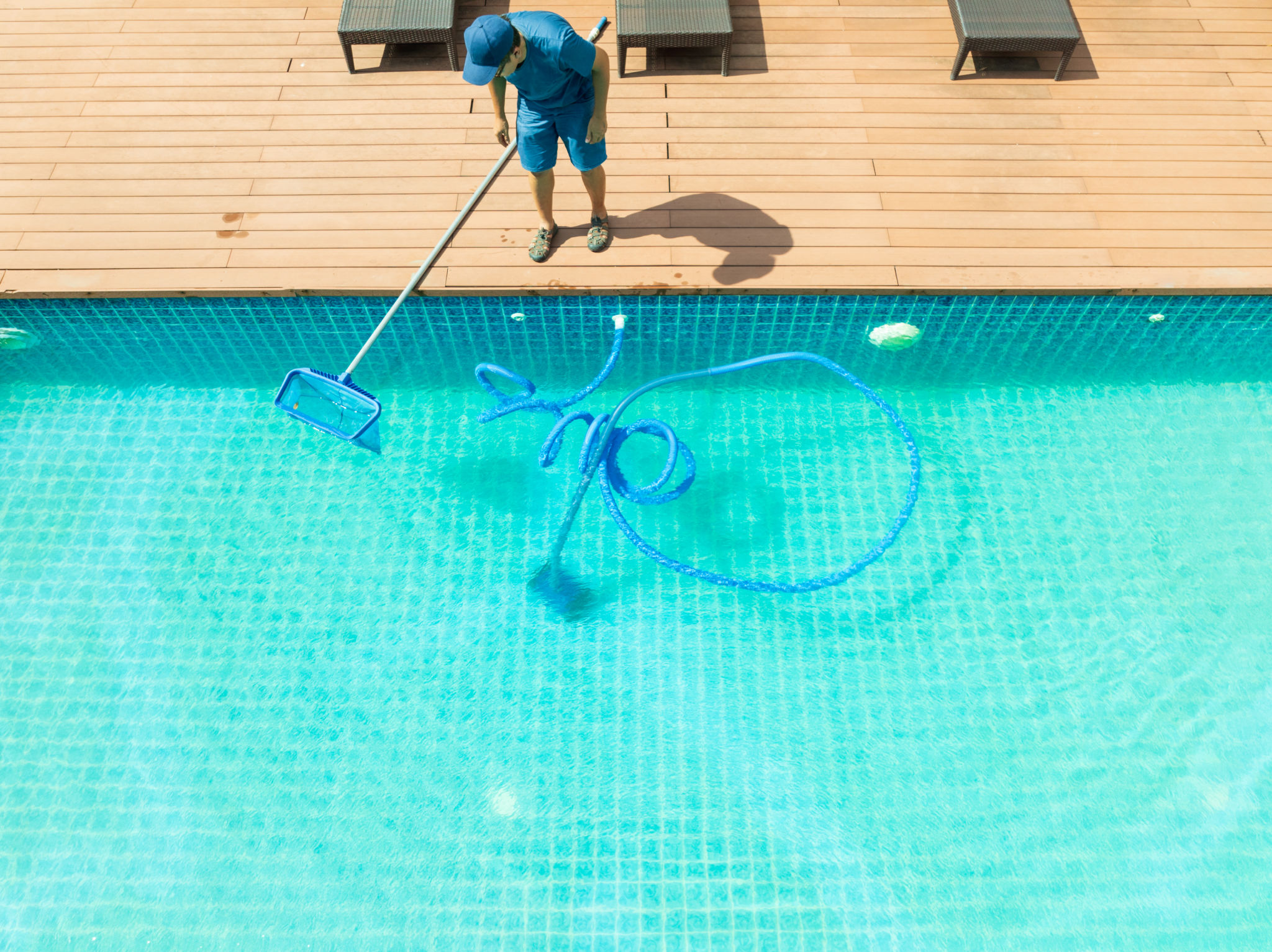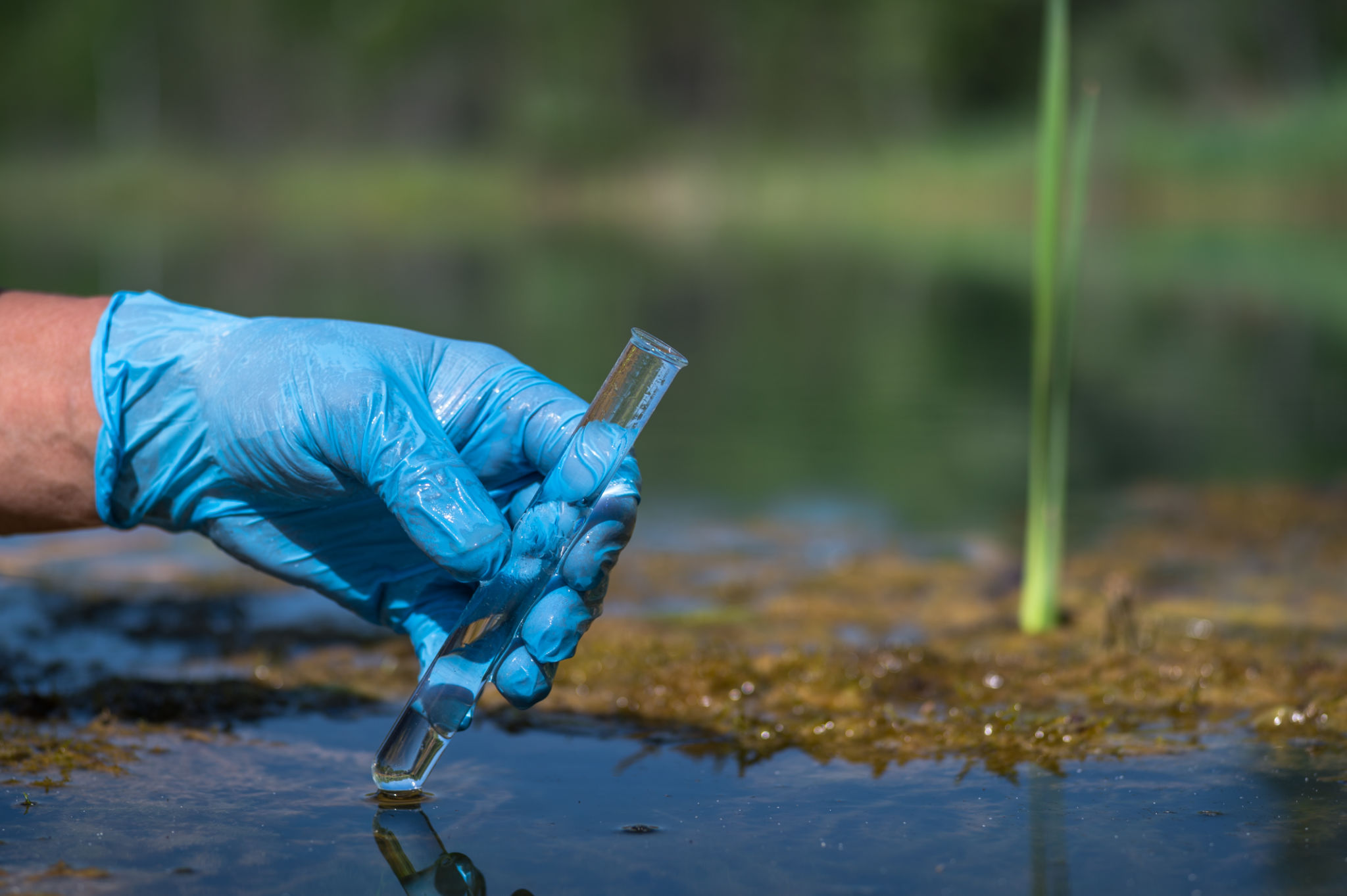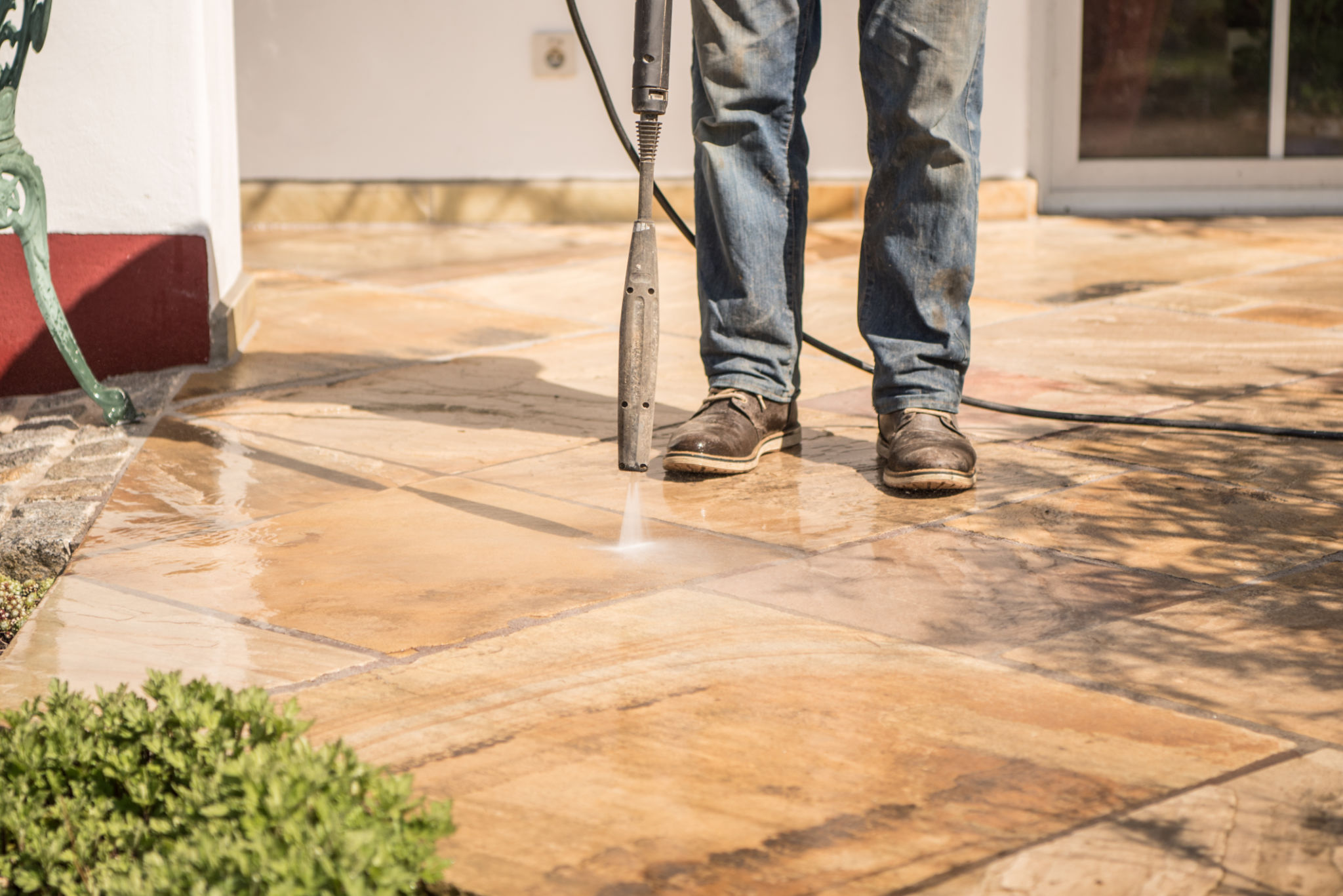Can I Maintain My Own Swimming Pool? A DIY Guide
Introduction to DIY Pool Maintenance
Maintaining your own swimming pool might seem like a daunting task, but with the right knowledge and tools, it can be a manageable and even rewarding experience. Not only does DIY pool maintenance save money, but it also gives you the opportunity to ensure your pool is perfectly tailored to your preferences. Here’s a comprehensive guide to help you maintain your pool efficiently.

Essential Tools and Supplies
Before diving into pool maintenance, it's crucial to have the right equipment. Here’s a list of essential tools and supplies you’ll need:
- Pool Skimmer
- Pool Vacuum
- Testing Kit for pH and Chlorine Levels
- Pool Brush for Walls and Tiles
- Chemicals like Chlorine and Algaecide
Having these tools on hand will make the maintenance process more straightforward and effective.
Regular Cleaning Routine
A regular cleaning routine is the backbone of pool maintenance. Start with skimming the surface of your pool daily to remove debris like leaves and insects. This prevents them from sinking to the bottom where they can cause more significant issues.

Next, vacuum the pool floor at least once a week. This helps in removing small particles that the skimmer may have missed. Don't forget to brush the walls and tiles weekly to prevent algae buildup.
Water Chemistry Balance
Balancing the water chemistry is critical for a healthy swimming environment. Test the water’s pH levels at least twice a week. The ideal pH level should be between 7.2 and 7.8. Adjust it as necessary using pH increasers or decreasers.
Maintaining the right chlorine level is also vital. Chlorine keeps your pool free from bacteria and harmful pathogens. Aim for chlorine levels between 1.0 to 3.0 parts per million (ppm). Regularly test and adjust these levels using chlorine tablets or shock treatments.

Filter Maintenance
Your pool’s filter plays a crucial role in keeping the water clean by trapping dirt and debris. Whether you have a sand, cartridge, or diatomaceous earth (DE) filter, regular cleaning is important. Check your filter’s pressure gauge weekly; if the pressure is high, it’s time to clean or backwash.
Handling Algae and Stains
Algae growth can be a common issue, especially in warmer climates. To prevent algae, ensure proper circulation of water and maintain adequate chlorine levels. In case of algae bloom, use an algaecide to treat your pool.
Stains on your pool’s surface can be treated using specific stain removers based on their type—whether they are organic or metallic. Regular brushing can also help prevent these stains from setting in.

Seasonal Maintenance Tips
As seasons change, so do your pool maintenance needs. During winter, if you choose not to close your pool, keep the water circulating to prevent freezing. For summer, increase the frequency of skimming and vacuuming due to increased debris and swimming activity.
Conclusion: Embrace the DIY Spirit
While maintaining your own swimming pool requires time and effort, it also empowers you to understand your pool's needs better. With consistent care, you’ll enjoy a sparkling clean pool all year round. Embrace the DIY spirit and take pride in maintaining an oasis right in your backyard.
